<< Other Photo Pages >> Pločnik - Ancient Village or Settlement in Serbia
Submitted by davidmorgan on Wednesday, 24 November 2010 Page Views: 10163
Multi-periodSite Name: Pločnik Alternative Name: PlocnikCountry: Serbia
NOTE: This site is 11.915 km away from the location you searched for.
Type: Ancient Village or Settlement
Nearest Town: Prokuplje Nearest Village: Pločnik
Latitude: 43.210560N Longitude: 21.364567E
Condition:
| 5 | Perfect |
| 4 | Almost Perfect |
| 3 | Reasonable but with some damage |
| 2 | Ruined but still recognisable as an ancient site |
| 1 | Pretty much destroyed, possibly visible as crop marks |
| 0 | No data. |
| -1 | Completely destroyed |
| 5 | Superb |
| 4 | Good |
| 3 | Ordinary |
| 2 | Not Good |
| 1 | Awful |
| 0 | No data. |
| 5 | Can be driven to, probably with disabled access |
| 4 | Short walk on a footpath |
| 3 | Requiring a bit more of a walk |
| 2 | A long walk |
| 1 | In the middle of nowhere, a nightmare to find |
| 0 | No data. |
| 5 | co-ordinates taken by GPS or official recorded co-ordinates |
| 4 | co-ordinates scaled from a detailed map |
| 3 | co-ordinates scaled from a bad map |
| 2 | co-ordinates of the nearest village |
| 1 | co-ordinates of the nearest town |
| 0 | no data |
Internal Links:
External Links:
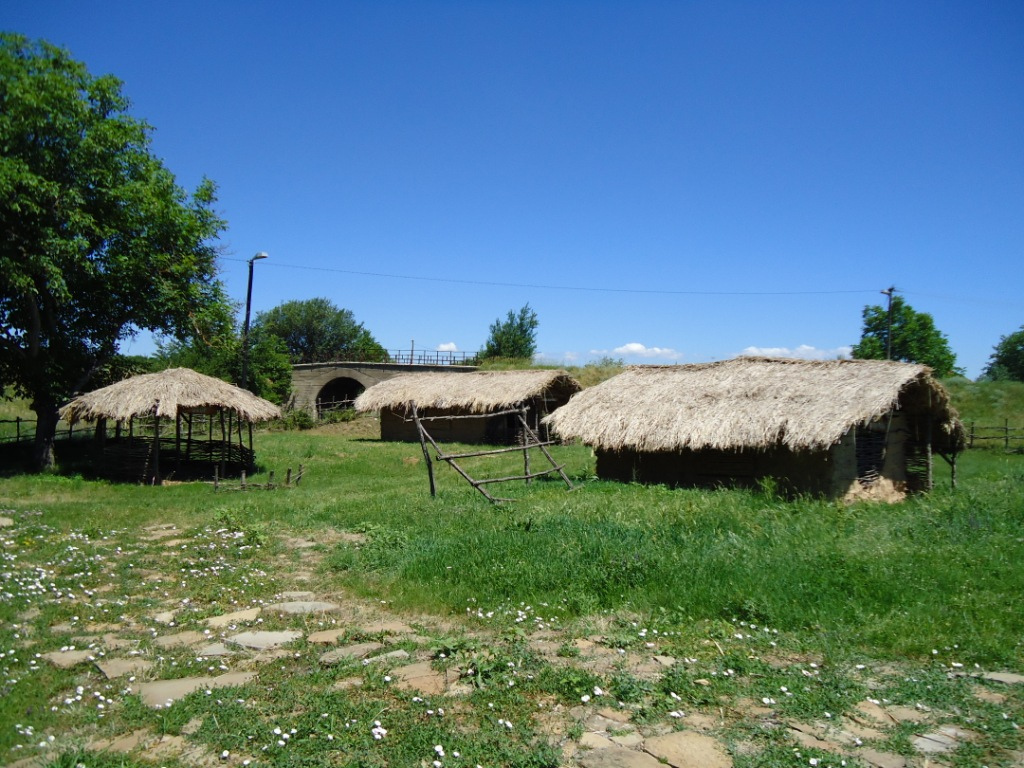
A 120 hectare settlement belonging to the Neolithic Vinča culture existed on the site from 5500 BCE until it was destroyed by fire in 4700 BCE.
The site was first discovered during railway construction in 1927, but was investigated only sporadically until excavations carried out by the Prokuplje Museum the National Museum of Serbia began in 1996.
The Vinča houses at Pločnik had stoves and special holes specifically for rubbish, and the dead were buried in cemeteries. People slept on woollen mats and fur and made clothes of wool, flax and leather. The figurines found not only represent deities but many show the daily life of the inhabitants while crude pottery finds appear to have been made by children. Women are depicted in short tops and skirt wearing jewellery. A thermal well found near the settlement might be evidence of Europe's oldest spa.
The preliminary dating of a Pločnik metal workshop with a furnace and copper tools to 5,500 BCE, if correct, indicates the Copper Age could have started in Europe 500 years or more earlier than previously thought. The sophisticated furnace and smelter featured earthen pipe-like air vents with hundreds of tiny holes in them and a chimney to ensure air goes into the furnace to feed the fire and smoke comes out away from the workers. Copper workshops from later periods thought to indicate the beginning of the Copper Age were less advanced, lacked chimneys and workers blew air on the fire with bellows. In 2008, a copper axe was found at Pločnik that when dated pushed back the start of the Copper Age by 500 years.
A study published in December 2013 dated some tin bronze artifacts to 4,500 BCE.
Source: Wikipedia
Note: World's oldest Copper Age settlement found
You may be viewing yesterday's version of this page. To see the most up to date information please register for a free account.
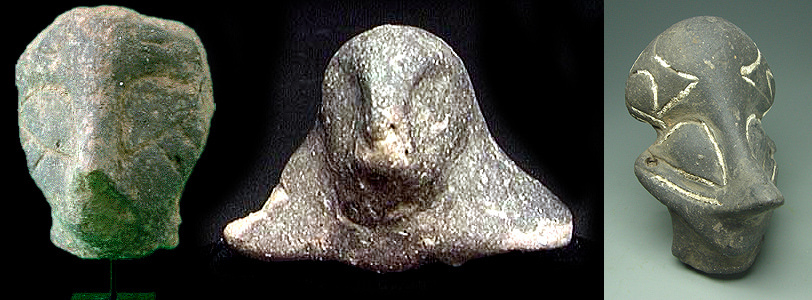
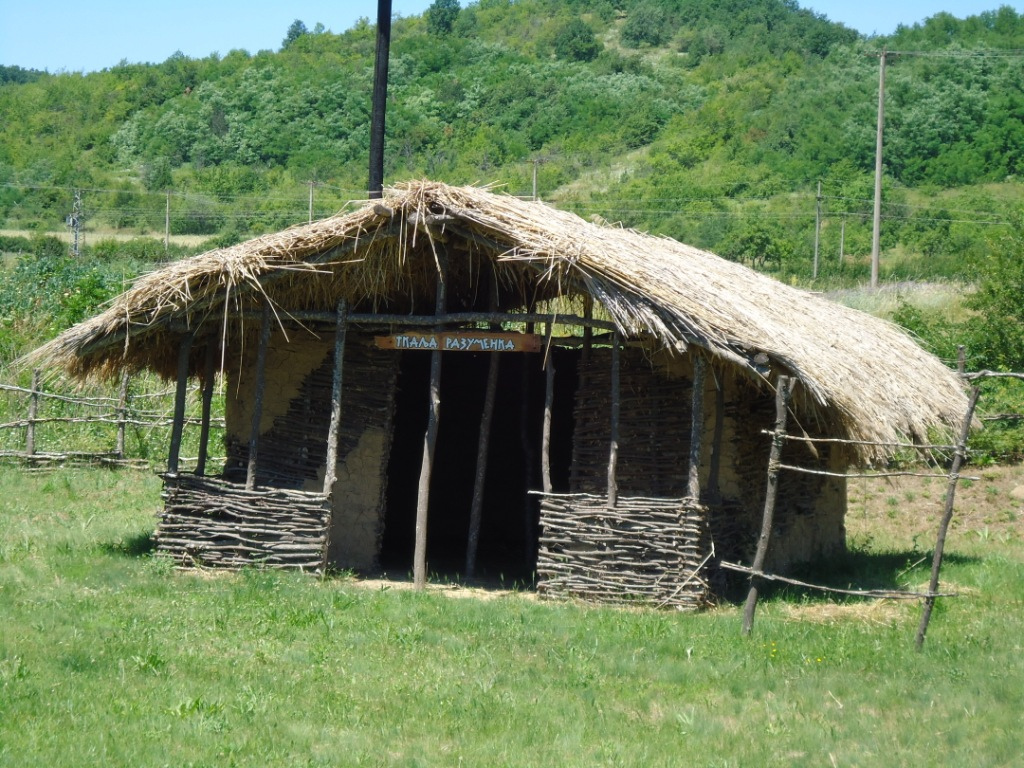
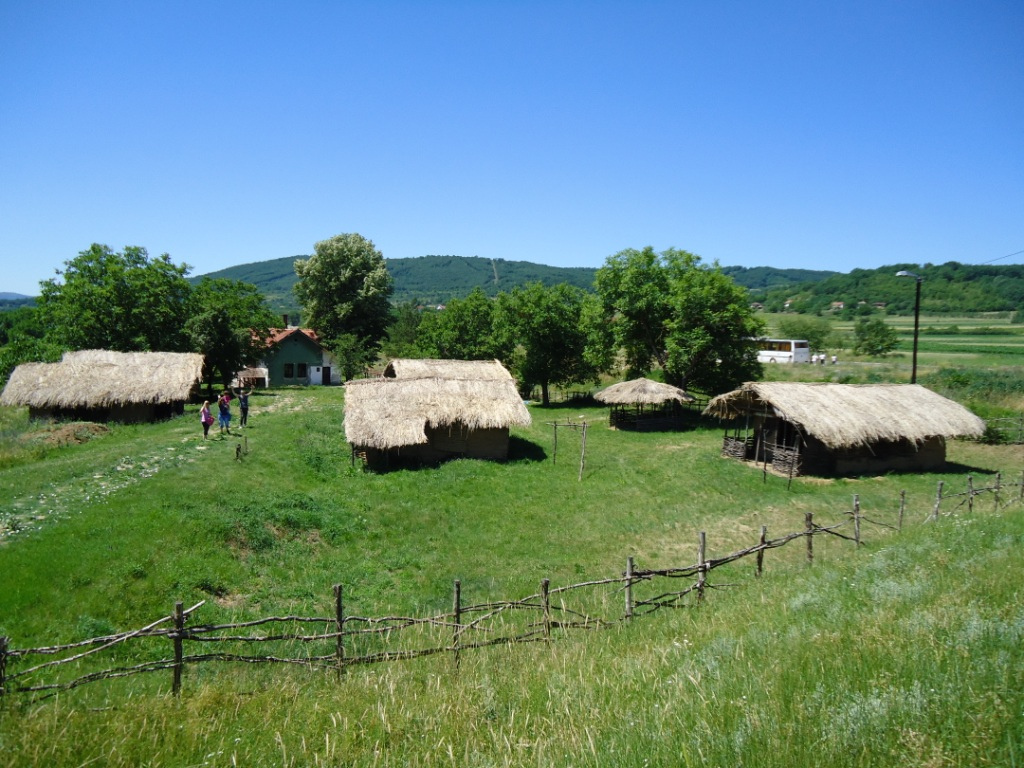
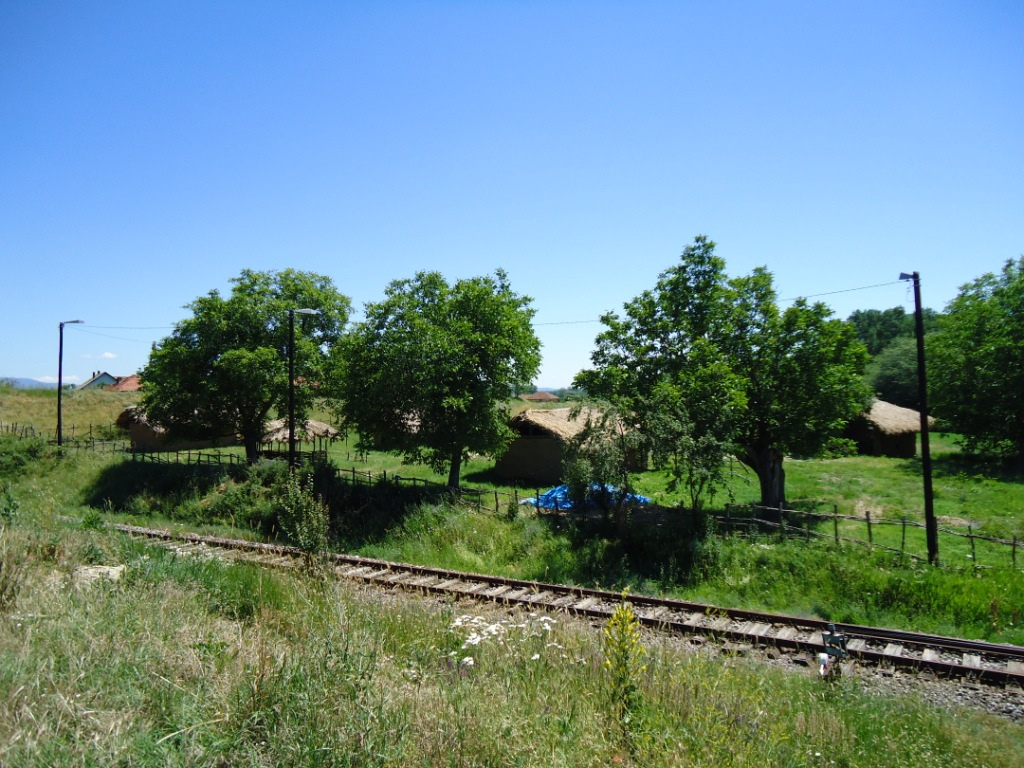

Do not use the above information on other web sites or publications without permission of the contributor.
Click here to see more info for this site
Nearby sites
Click here to view sites on an interactive map of the areaKey: Red: member's photo, Blue: 3rd party photo, Yellow: other image, Green: no photo - please go there and take one, Grey: site destroyed
Download sites to:
KML (Google Earth)
GPX (GPS waypoints)
CSV (Garmin/Navman)
CSV (Excel)
To unlock full downloads you need to sign up as a Contributory Member. Otherwise downloads are limited to 50 sites.
Turn off the page maps and other distractions
Nearby sites listing. In the following links * = Image available
34.4km SE 146° Caričin Grad* Ancient Village or Settlement
41.6km N 355° Narodni Muzej Kruševac* Museum
44.5km ENE 74° Narodni muzej Niš* Museum
60.0km ENE 76° Balanica Cave Cave or Rock Shelter
72.8km N 3° Zavičajni Muzej Paraćin* Museum
86.5km SE 146° Maniste Necropolis* Barrow Cemetery
99.6km NW 317° Mrcajevci Barrow Cemetery
101.0km NE 40° Felix Romuliana* Ancient Palace
104.5km NNW 344° Grncarica Ancient Village or Settlement
106.6km NE 43° Zaječar museum* Museum
112.9km SSE 159° Kokino* Rock Outcrop
115.7km SSE 155° Cocev Kamen* Cave or Rock Shelter
129.8km ESE 111° Sacred Nuraghe Well (Garlo)* Holy Well or Sacred Spring
136.3km S 170° The Sacred Stone of Tekia Standing Stone (Menhir)
138.8km NNE 24° Rudna Glava Ancient Mine, Quarry or other Industry
152.1km ESE 113° Krivi Kamik* Hillfort
158.1km SSE 163° Bylazora Ancient Village or Settlement
158.8km NNE 19° Lepenski Vir* Ancient Village or Settlement
163.4km N 10° Chindiei 2 Cave* Rock Art
169.5km ESE 109° National Archaeological Museum of Bulgaria* Museum
169.6km N 356° Viminacium* Ancient Village or Settlement
175.5km NNE 25° The face of Dacian King Decebalus* Sculptured Stone
176.3km SE 137° Piyanets Museum Museum
177.9km NNE 25° Tabula Traiana* Carving
182.4km NNW 341° Vinca Belo Brdo* Ancient Village or Settlement
View more nearby sites and additional images
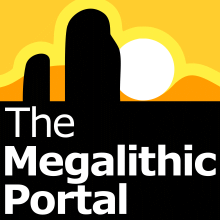


 We would like to know more about this location. Please feel free to add a brief description and any relevant information in your own language.
We would like to know more about this location. Please feel free to add a brief description and any relevant information in your own language. Wir möchten mehr über diese Stätte erfahren. Bitte zögern Sie nicht, eine kurze Beschreibung und relevante Informationen in Deutsch hinzuzufügen.
Wir möchten mehr über diese Stätte erfahren. Bitte zögern Sie nicht, eine kurze Beschreibung und relevante Informationen in Deutsch hinzuzufügen. Nous aimerions en savoir encore un peu sur les lieux. S'il vous plaît n'hesitez pas à ajouter une courte description et tous les renseignements pertinents dans votre propre langue.
Nous aimerions en savoir encore un peu sur les lieux. S'il vous plaît n'hesitez pas à ajouter une courte description et tous les renseignements pertinents dans votre propre langue. Quisieramos informarnos un poco más de las lugares. No dude en añadir una breve descripción y otros datos relevantes en su propio idioma.
Quisieramos informarnos un poco más de las lugares. No dude en añadir una breve descripción y otros datos relevantes en su propio idioma.